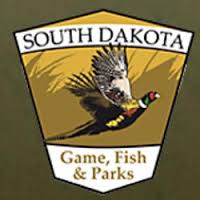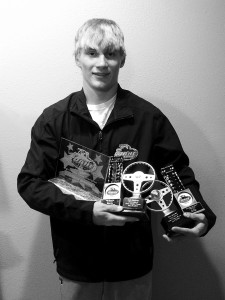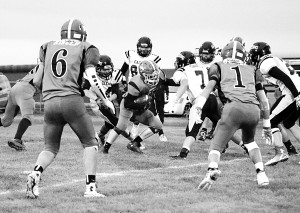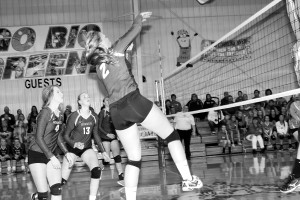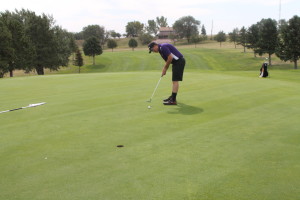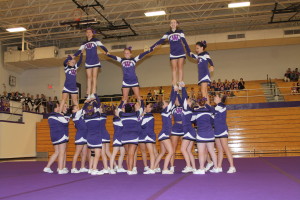GFP’s mission motto is “Serving People, Managing Wildlife.” The work that we do is not all about the nuts and bolts of science. There are many social implications as well.
Due to the importance of pheasant hunting in South Dakota, numerous opinions and ideas are put forth every year, both in support and in rebuke of the efforts of GFP to set and hold the pheasant hunting season. Here are some of the more common concerns that seem to surface every year, and our responses.
With the costs of hunting licenses, isn’t GFP just after the money?
GFP’s Division of Wildlife operates solely on sales of licenses and federal excise taxes on sporting arms and ammunition. The GFP Commission takes their role in setting fees for hunting and fishing licenses very seriously. They recognize the importance to balance opportunity with funding necessary for our work. They do a tremendous service to our agency and to the public, as evidenced by a history of rare fee increases and the public support they receive when a fee increase is required.
An important point to make is that, unlike all the rest of costs associated with hunting or fishing, the money spent by hunters and anglers on their licenses cycles back to perpetuate their sport.
Some examples of this cycle include boat ramps and fish hatcheries for anglers and Walk-In Areas and habitat programs for hunters.
GFP administrators must be conscious of the need to generate revenue. But all the revenue generated still belongs to the citizens of this state. GFP has and will continue to prudently spend that revenue with the goal in mind of enhancing of the outdoor resources that our state is so well known for.
Does GFP fabricate optimistic pheasant forecasts to generate more license revenue?
Every year there are hunters who do not find the success that they had anticipated.
GFP forecasts fall pheasant populations in August after surveying over 100 standardized pheasant counting routes. What these routes tell us is whether regional pheasant populations are up, down or about the same as the previous year.
The forecasts are made for the vicinities of 12 city areas in central and eastern SD, and the forecasts are never the same for all 12 areas. GFP also summarizes the survey routes together for an estimate of the statewide pheasant population.
These roadside surveys are not intended to be representative of how successful individual hunters are going to be in a localized area. Even the regional forecasts are never completely consistent within a given survey area because these areas can span up to 8,000 square miles. Undoubtedly, there are going to be parts of survey areas that are better and worse than the overall estimate for that region.
Then why does GFP make these forecasts of upcoming seasons?
One principal GFP objective is to maximize hunter satisfaction.
When it comes to pheasant hunting, this can be at least partially achieved by providing hunters with the most accurate (not necessarily optimistic) predictions possible.
Although GFP pheasant forecasts are never 100% accurate, they are generally a very good predictor of upcoming seasons. Most importantly, every population forecast is based upon the data collected along the survey routes. GFP officials do not alter results of the annual counts in order to attract more hunters.
Any misrepresentation of fact would cause irreparable damage to the trust instilled in our agency by both pheasant hunters and the general population of our state. In the long run, the potential effect of this diminished confidence would be a decline in our hunter population and a decline in license revenue that would far exceed damages from a blizzard or poor pheasant hatch.
What is the position of GFP on fee hunting?
Farmers and ranchers continue to search for alternate sources of revenue to supplement traditional farming income. Charging for hunting access is one such alternative. GFP has not attempted to either promote or discourage charging access fees for hunting. This is free enterprise, and free enterprise system is the economic foundation of this country.
However, GFP recognizes and will ardently defend the fact of law that wild animals in this country are owned by no one. Rather they are held in trust by the people for the people.
In addition, GFP is very serious about the state of South Dakota’s responsibility to manage wild animal populations that reside within the borders of our state. Consequently, as long as the legal ownership designation of wildlife is not eroded, GFP will not attempt to restrict farmers and ranchers from generating income for hunting access to their property.
GFP will, however, work to develop all available opportunities to enhance and preserve free access to hunting opportunities. If hunting is a sport reserved only for the wealthy, then its appeal to the non-hunting population will diminish and its support from the general population will dissolve.
What is the position of GFP on road hunting?
Providing public hunting opportunity along road rights-of-way is one of the most contentious hunting issues for many rural residents. In turn, many hunters covet road hunting as the one guaranteed option of having access to public hunting opportunities.
As described above, GFP is an advocate for promoting free hunting access opportunities to the general public. However, the behavior of some hunters while hunting road rights-of-way can make the practice difficult to defend. Rural residents have a legitimate basis to be critical of the behavior of some hunters that shoot close to their homes and livestock.
GFP and the state legislature have taken action to lessen conflicts between individuals hunting road rights-of-way and rural property owners. State laws providing buffers around farmsteads and livestock where hunting is prohibited are in place and are taken very seriously by state Conservation Officers.
If compliance with these regulations were improved, most conflicts between rural residents and hunters that like to hunt road rights-of-way would be eliminated.
GFP will continue to support the rights of hunters to legally hunt road rights-of-way as long as state law permits the practice. In addition, GFP will continue to vehemently enforce laws intended to protect rural residents and their property from the unlawful hunting of road rights-of-way.
What is the reasoning behind the timing of the opening of the pheasant season?
The structure of the pheasant season is designed more for tradition and fair distribution of the pheasant hunting opportunity than to manipulate the pheasant population.
The season has little, if any impact on future pheasant populations. The annual start of the season is designed to maximize the number of young-of-the-year cock pheasants that are old enough to be identified when they flush. In addition, hunters can be more successful if the fall crop harvest has progressed enough to concentrate birds in remaining fields.
The noon opener during the first week of the season is a mainstay of our state’s pheasant hunting that is upheld by simple tradition.
Agriculture operators have the opportunity to get some of their day’s work done before joining family and friends for an opening day hunt. Business operators believe the noon starting time allows hunters to be more willing to frequent their establishments. Others contend that in South Dakota, you do not need a full day of hunting to harvest a limit of pheasants.
Regardless of the reasons, tradition will likely preserve the current season opening dates and shooting hour formats.
Why is the pheasant season as long as it is?
South Dakota actually has one of the shortest pheasant seasons in comparison to our neighboring states.
The season length issue carries much greater social than biological reasoning. The current season is set as a compromise between how long farmers are willing to host hunters on their property and how much time hunters would like to be afield.
There are hunters and farmers that think the season is too long, and some that think it’s too short. When setting future pheasant seasons, GFP will continue to try to maximize hunter opportunity while minimizing any perceived negative impacts to the rural community.

